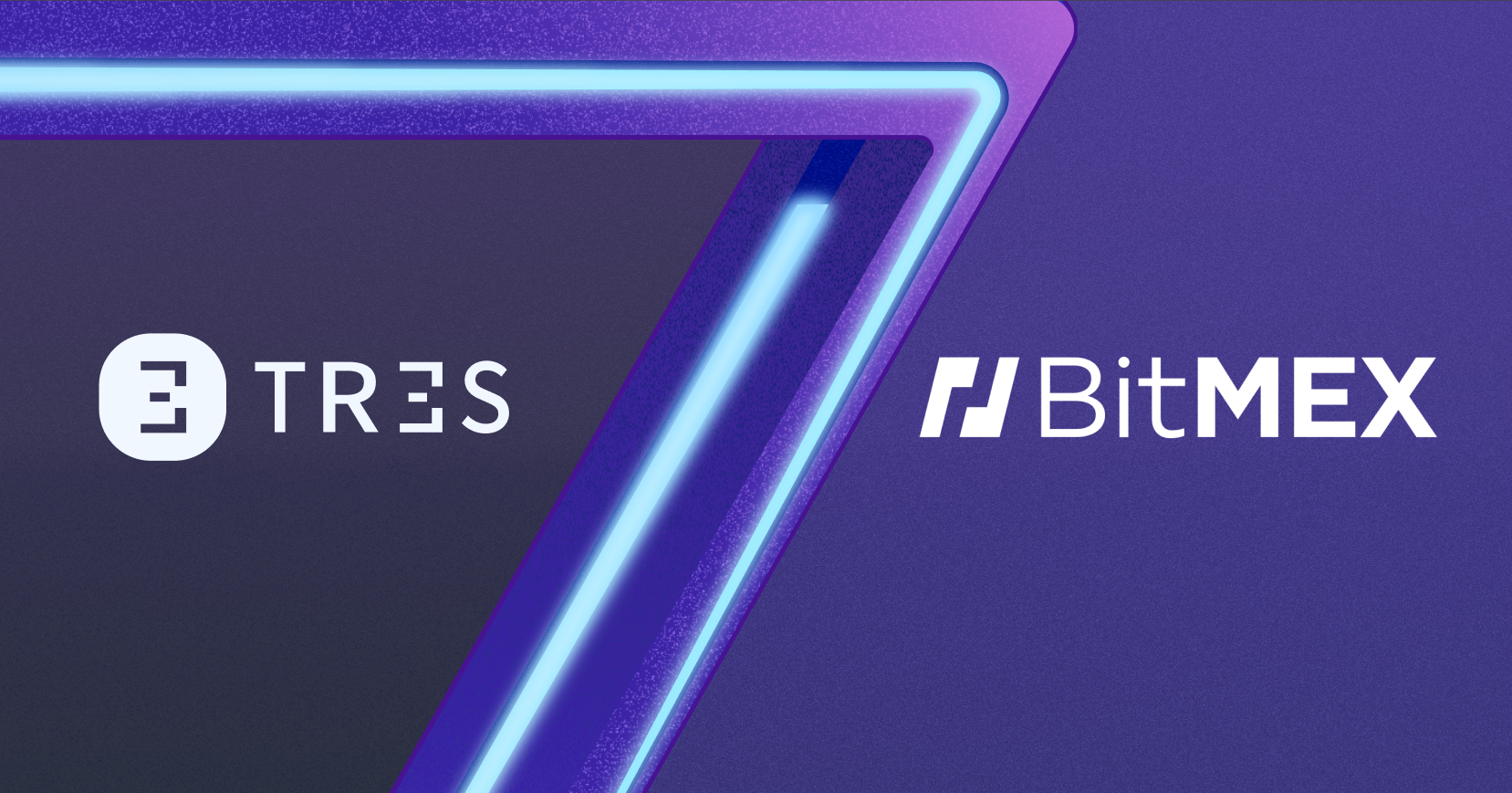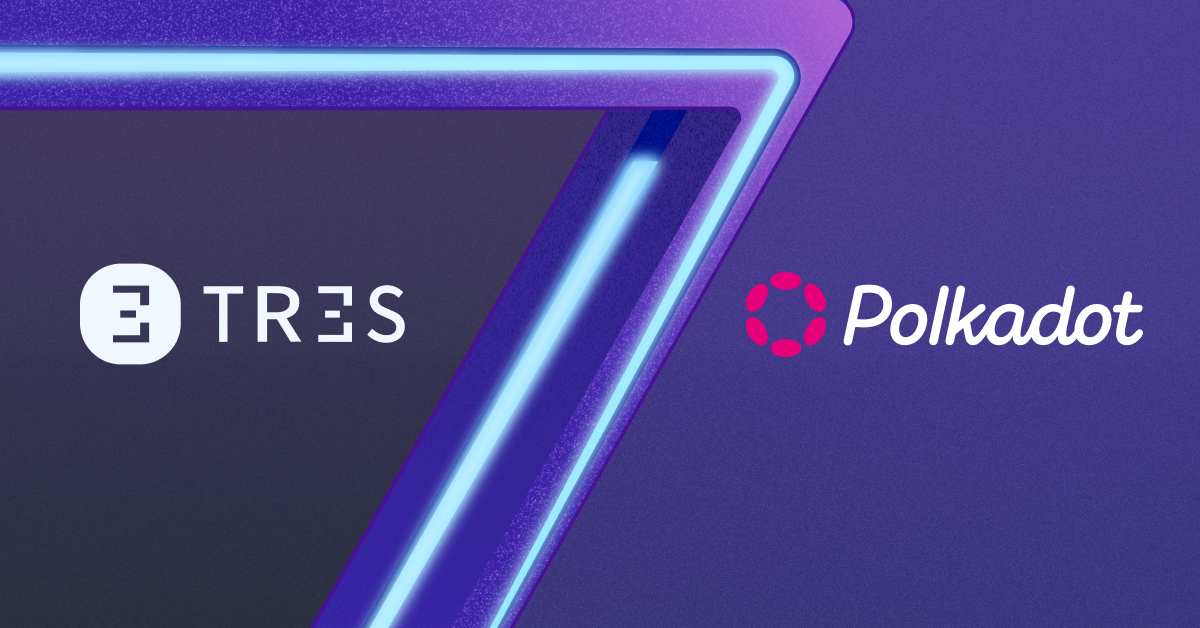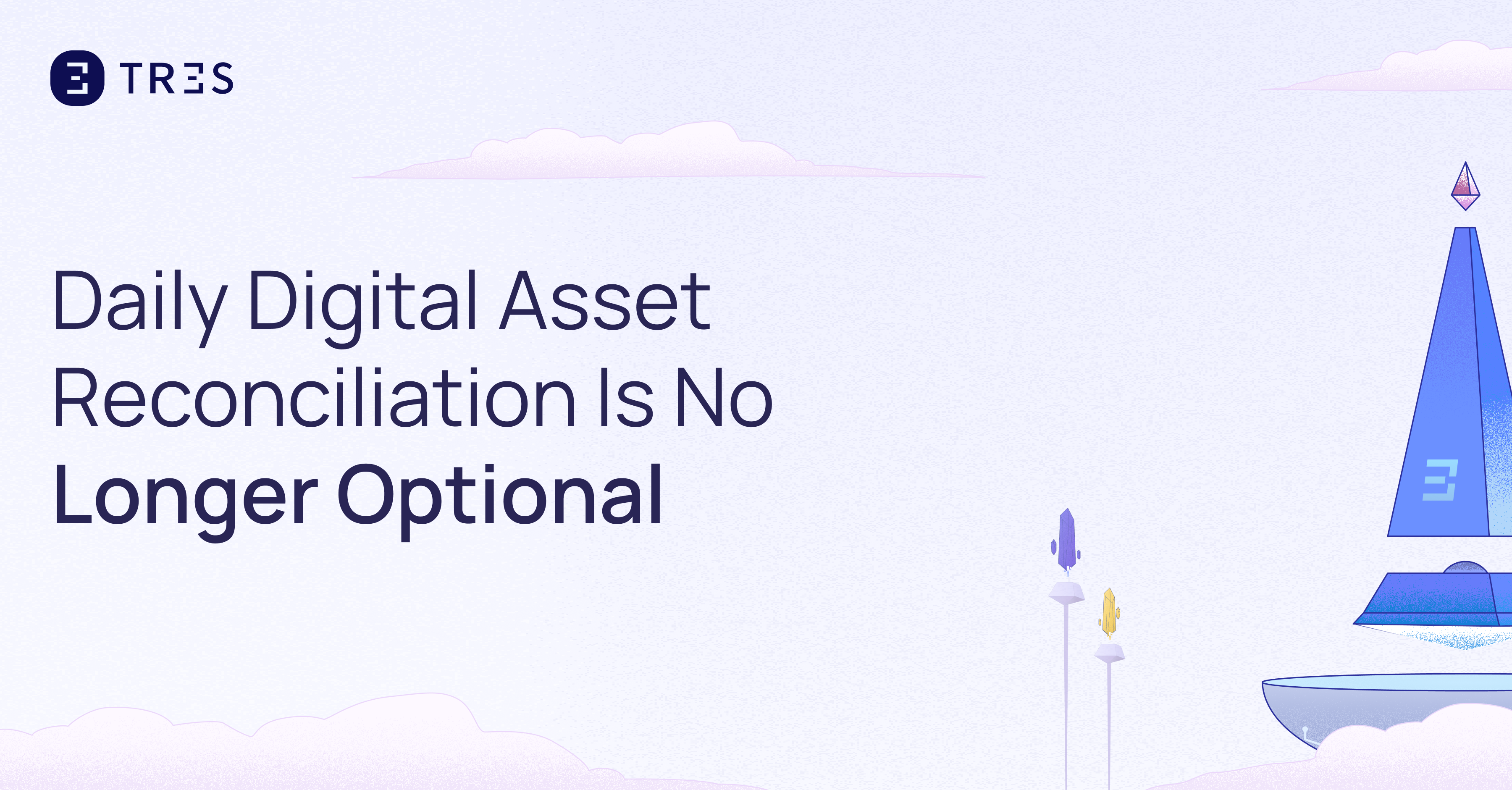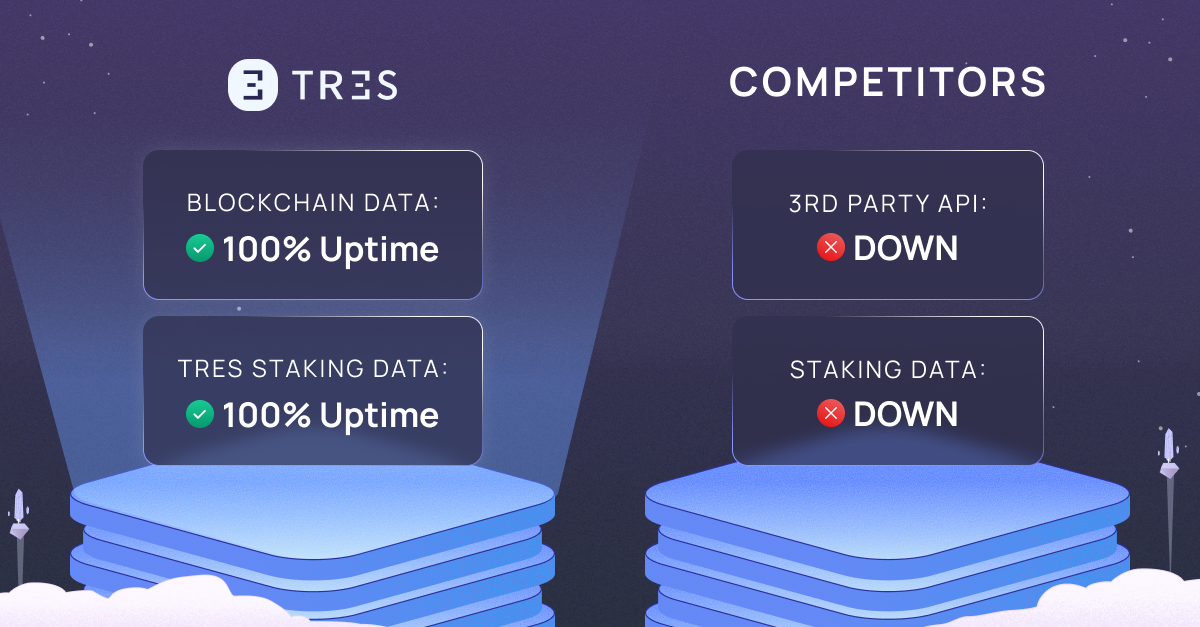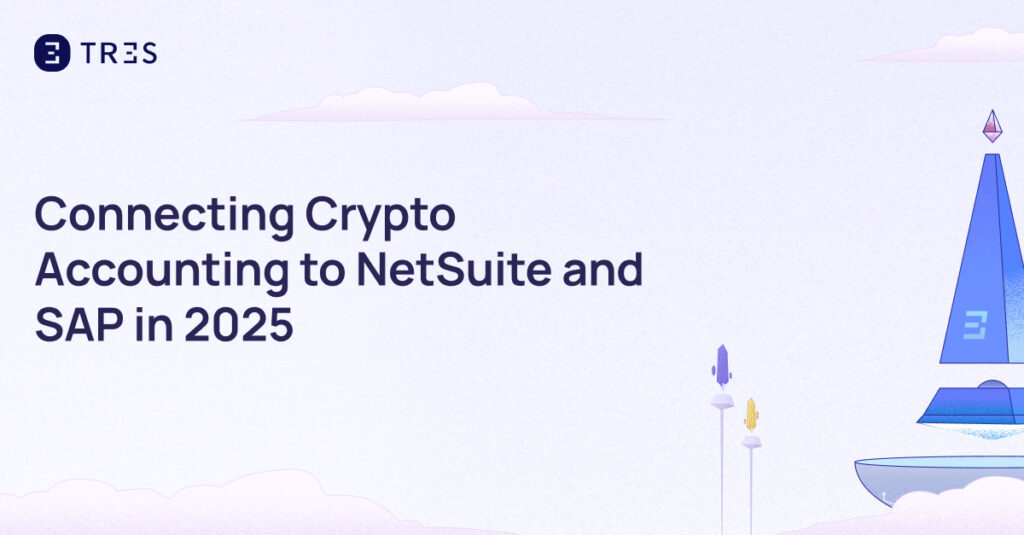
TL;DR: As businesses increasingly adopt digital assets, integrating crypto data seamlessly into ERP systems like NetSuite becomes critical to avoid operational inefficiencies, delayed reporting, and compliance gaps. This article explores the technical and operational challenges of crypto-ERP integration, highlights how TRES Finance addresses these through automated tools and secure connectors, and provides real-world case studies showing reduced reconciliation times and enhanced financial visibility. A phased roadmap ensures successful implementation while managing risks and dependencies.
ERP Integrations in 2025: How TRES Connects Crypto Data to NetSuite
Picture this scenario: Your finance team spends three days every month manually reconciling crypto transactions with your NetSuite ERP system. They’re downloading CSV files from multiple exchanges, cross-referencing wallet addresses, and hunting down discrepancies that somehow always appear at month-end. Meanwhile, your CFO is asking for real-time visibility into digital asset positions, and your auditors want automated compliance reporting.
This isn’t an isolated problem. Nearly 77% of financial institutions recognize a compelling business case to advance their digital asset plans1. The gap between crypto adoption and ERP integration has created a significant operational challenge that’s costing organizations time, accuracy, and strategic agility.
The solution isn’t to abandon your current ERP system or avoid crypto altogether. Instead, forward-thinking organizations are building bridges between these two worlds, creating seamless data flows that treat digital assets as naturally as traditional financial instruments. This integration represents more than just a technical achievement—it’s becoming a competitive necessity for businesses operating in an increasingly digital economy.
Overview of ERP and Crypto Integration
Enterprise Resource Planning systems serve as the financial backbone for most organizations, centralizing everything from accounts payable to revenue recognition…
Blockchain and crypto integration with traditional financial systems is deepening, with tokenized real-world assets and decentralized finance gaining maturity, demanding ERP systems to adapt via modular blockchain connectors rather than full replacements2.
Consider the practical implications for different stakeholders. CFOs need accurate, real-time visibility into all company assets, including digital ones…
Technical Challenges in Integrating Crypto Data
Integrating crypto data into traditional ERP systems presents unique technical hurdles that don’t exist with conventional financial data. A key technology gap in crypto-ERP integrations lies in the reconciliation process between ERP systems and banks, which remains manual, slow, error-prone, and complex due to different data formats, timing mismatches, and metadata loss3.
API limitations of existing ERPs compound these technical challenges. Common mistakes in crypto data management for financial reporting include inconsistent data standardization, batch uploads, and lack of API-based real-time synchronization4.
Operational Dimensions of Crypto-ERP Integration
Successful crypto-ERP integration requires more than just technical connectivity—it demands a complete reimagining of financial operation workflows…
Industry-standard ERP integration increasingly relies on API-first architecture, modular rollouts, and real-time syncing to ensure scalable, accurate, and resilient financial workflows4.
Governance and compliance considerations during integration require particularly careful attention to operational procedures. Hybrid and multi-cloud ERP adoption with edge computing integration is becoming an industry trend to enhance performance, security, and real-time processing, supporting better crypto data integration and compliance5.
Successful Integration Case Studies
Case Study 1: TechCorp’s NetSuite Integration with TRES
TechCorp, a mid-sized software company, faced a familiar challenge in early 2024…
Case Study 2: GlobalTrade’s Multi-Chain Success Story
GlobalTrade, an international trading company, presented a more complex integration challenge…
Key Lessons Learned from Implementation Experiences
The importance of phased implementation emerges as the most consistent theme across successful projects…
Data governance procedures require particular attention during crypto integration. Expert advice emphasizes designing ERP integration with scalability in mind, starting with high-impact finance functions (e.g., invoice processing) and using API-first frameworks to reduce future system breakages4.
Common Integration Pitfalls and Roadmap to Success
Frequent Project Planning Mistakes
Unrealistic timeline expectations create the foundation for most integration failures. Common mistakes in crypto data management for financial reporting include inconsistent data standardization, batch data uploads, and lack of API-based synchronization4.
Managing Technological Dependencies
Crypto-ERP integration creates dependencies on external systems and services that traditional financial operations don’t typically encounter…
Structured Implementation Roadmap
A successful crypto-ERP integration requires a structured approach that balances immediate business needs with long-term scalability requirements…
- Phase 1: Foundation and Assessment (Weeks 1–4)…
- Phase 2: Pilot Implementation (Weeks 5–12)…
- Phase 3: Expansion and Optimization (Weeks 13–26)…
- Phase 4: Advanced Features and Scaling (Weeks 27+)…
References
- Elliptic — State of Crypto 2025 ↩
- AtomX — Blockchain and ERP Systems: The Integrated Future of Supply Chain Management ↩
- Trovata — Treasury Reconciliation Gap and Stablecoins ↩
- Fintech Weekly — ERP Integration Strategies for Scalable Finance ↩
- Panorama Consulting — The Future of ERP: Trends to Adopt in 2025 ↩
Interested in TRES?

